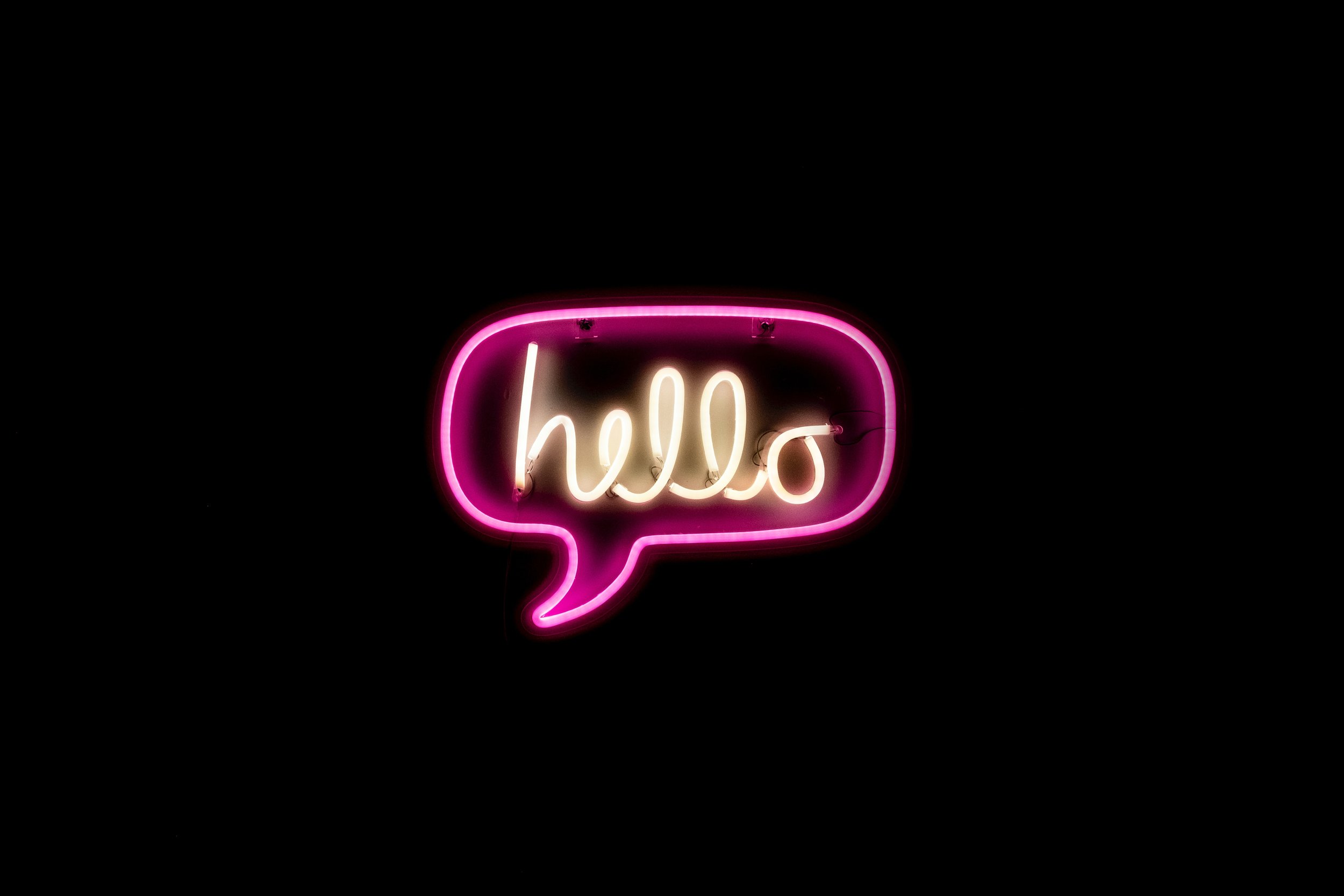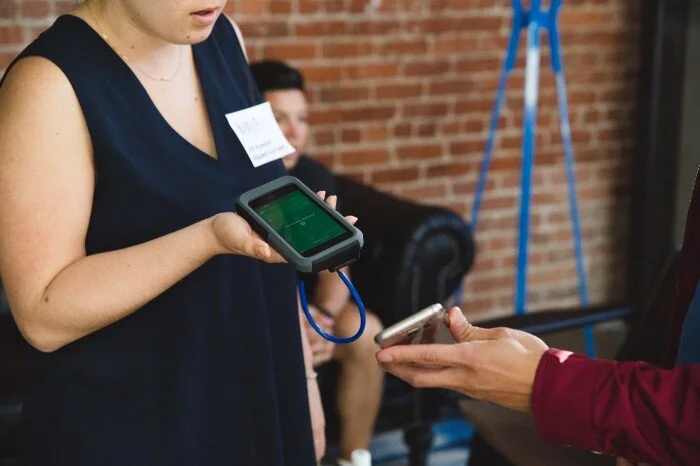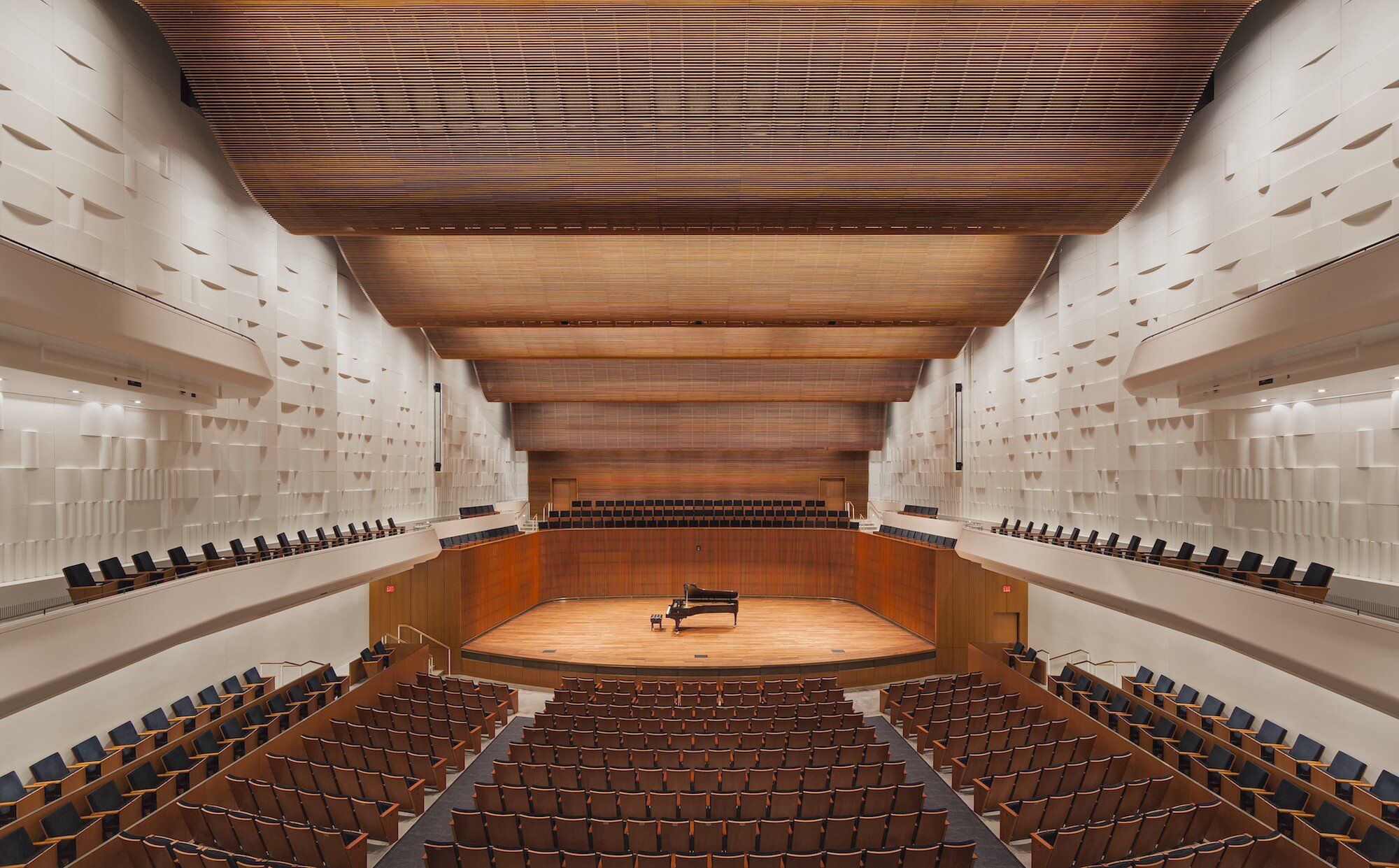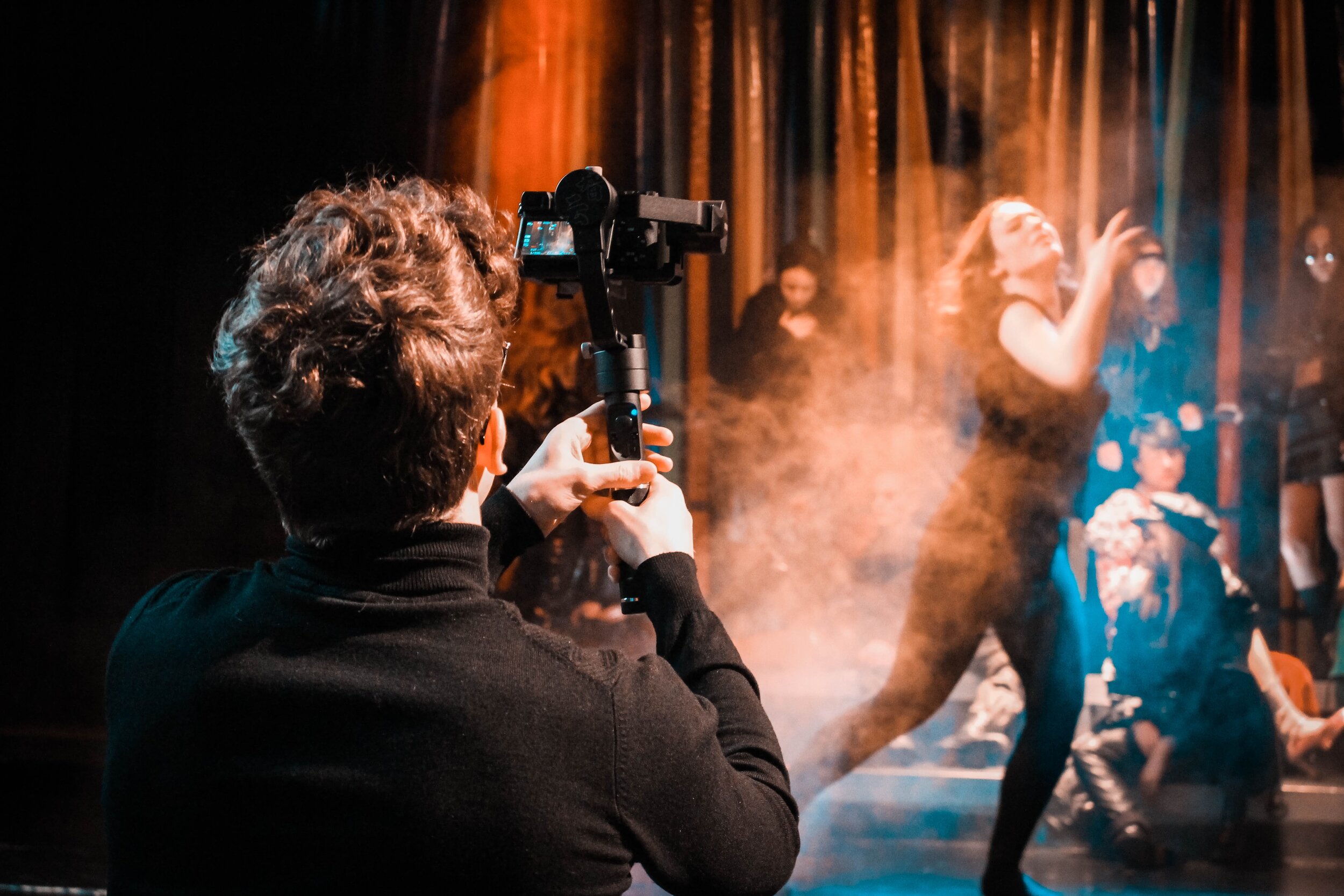The grant narrative has become one of the most high-stakes tools of communication in the nonprofit fundraising space, driving more than $150 billion in global expenditures. As grant writers adapt their appeals in response to changing funder values, this narrative network gives shape to the nonprofit ecosystem in which many arts organizations operate.
Data Cultures Part II: Breaking Free from the Cycle of Disempowerment
An overemphasis on data-driven work within the nonprofit sector has been shown to result in cycles of disempowerment, driven by third-party data demands of funding bodies. This compounds due to the many market orientations nonprofits need to adopt, particularly prevalent among the arts. A key to navigating these markets and funder requirements lies in identifying a specific data culture best fit for your organization and investing in resources and training in order to achieve that framework sustainably.
Digital Strategy: Not Optional Anymore
Digital strategy has become a buzzword after the explosion of AI in the last 18 months. Yet, it is not about AI. AI has been the tipping point for organizations and professionals to recognize that they must update or create a digital strategy for success. Digitally-forward arts organizations already have a digital component as part of their strategic plan. Read more to understand the need for technology to be a core component of strategic plans and operations.
Letter from the Editor
Hello to all of our arts, management, and technology enthusiasts from the 2023-2024 Chief Editor, Samantha Sonnet. This year’s content will be full of everything from A.I. and blockchain to the intersection of technology and climate/social justice and more! Get your reading glasses ready, and settle in for another great year.
Cash Talks: The Impact of Financial Reserves on Theatre Companies
According to the Nonprofit Finance Fund, most nonprofits have less than three months of cash reserves on hand. Most nonprofits have experienced a drastic impact on their programs and financing throughout the COVID-19 pandemic. But research shows that nonprofits with reserves were less likely to reduce operating hours, lose staff, or experience difficulty paying employees or vendors for their services.
Enhancing Museum Accessibility with GIS
The Current State of Linguistic Representation and Accessibility in the Artistic Sector
Language-based diversity and the related questions of physical accessibility are regularly left out of these conversations; whether conscious or not, DEI efforts in popular arts and media regularly function on the outskirts of language-based representation and accessibility. For members of minority and underrepresented demographic groups, representation in arts and entertainment not only impacts how the world sees them, but guides how they see themselves.
Theatre Collaboration Technology: A Blue Ocean to Explore
Theatre production collaboration has long been an analog, face-to-face process. When the COVID-19 pandemic hit in 2020, many theaters moved to innovative, online production models. Without the ability to meet in person, the meta processes of production had to shift online too, and theaters were forced to contend with a new landscape of production possibilities. Now that theaters have proven that they can produce in digital formats, what would happen if they approached opportunities for digital collaboration with intention and care?
2021 Top 10 Most-Read Articles
As we welcome 2022 for myriad reasons, be sure to catch up on what you missed in 2021 by reading out top 10 most read articles. Surprisingly (or not), while the last year continued to show interest in covid’s impact on technology and work, our readers were curious about a broad set of content — from NFTs to using technology to track dance. Which of these articles did you read, or miss?
A Path for Greater Diversity in Film Festivals
Film festivals are an essential part of the movie industry, as they provide opportunities for creators to garner recognition and to secure distribution for their films. However, there is a lack of racial representation and inclusion in the entertainment industry that prevents filmmakers of color from having the same opportunities as their White counterparts.
This study analyzes the current state of diversity and inclusion of Black, Indigenous, (and) People of Color within film festivals in Europe, the United States, and Canada. Assumptions behind the research are that with meaningful change implemented to increase racial diversity in festivals’ programming staff there will be a selection of more diverse film directors. This report consists of parts:
Interviews focused on filmmakers and film festival programmers. These are used to reveal common trends from personal experiences regarding diversity within film festivals
Analysis of a survey of film festival attendees conducted to understand their perceptions of diversity and inclusion in festivals’ lineup and programming staff
NFTs and Arts Management
As the world seemed to erupt with NFTs in spring 2021, AMT Lab thought it would be an appropriate time to curate a collection of essays on the emerging, some might say exploding, world of NFTs with a focus on the arts and technology’s disruptions. The following article provides context to the arts marketplace, ownership, and the disruptions caused by blockchain technology, especially NFTs, and concludes with a short commentary on the forthcoming collection and an existential thought to send you along your way down the rabbit hole of NFTs and blockchain.
Emerging Trends in Ticketing Technology
Ticketing has come a long way: from tearing along a perforated line to using RFID technology to wirelessly communicate with an app on a phone to let you into a Broadway musical. While changes to the industry were happening slowly, primarily switching to a paperless and even contactless system, the Covid-19 pandemic accelerated the need for change. What place with these changes have in the return to in-person performances?
Discovering the Second Stage: Orchestras' Digital Adaptation
As audiences gradually begin filling halls once again, orchestras are having to ask the question of what’s next for the newfound digital space. Do they take the risk of funneling resources towards streams on the heels of a devastating fiscal year, or divest and potentially sacrifice a newfound means of reaching their communities through increased accessibility? Contributor Cameron Massey looks to established and emerging examples.
Global Pandemic, National Response: A Survey of the Arts, Public Policy, and Technological Adaptation in Ireland
Something can be gained from examining the response of other nations and their arts and cultural sectors to the pandemic. Through this examination, lessons might be learned about how to continue the response in a time of unprecedented change. Within the past year and a half, many of Ireland’s arts organizations have found ways to create works that integrate emerging technology and also explore Irish identity. This research looks at some of those innovations and the public policies that supported them.
Part 2: Data Analysis and Visualization Methods for the Arts
After data collection, it is necessary to analyze and visualize the data to tell good stories. This process transforms numbers and descriptions into vivid stories that can be used to prove impact to different stakeholders. This post will look at the best practices for data analysis preparations, quantitative and qualitative data analysis methods, data analysis tools, visualization methods, and data visualization tools.
Tools for Measuring Impact and Data Collection in the Arts: Part 1
Nonprofit arts and cultural organizations are designed to serve a community. In the 21st century funding model, they also must find ways to collect the evidence for the impact their work has on their constituents, analyze the data, and effectively tell their stories. The following research provides an understanding of what types of impact can be measured with suggestions on how to measure and visualize findings on a budget.
Digital Providers for Matching Gifts and Volunteer Matching
Fundraisers take note: it is estimated that four to seven billion dollars a year goes unmatched by nonprofit organizations. Eighteen million people around the globe have access to a matching gift program, and it’s been surveyed that one in every three people who donate would actually be willing to donate more if they knew their donation could be matched in the first place. Matching gift programs and volunteer grant programs are more inclusive of corporate employees because the causes that they feel personally motivated to donate to or volunteer with are recognized and rewarded by their employers. The digital marketplace for these opportunities is growing making it easier for nonprofits to find their match.
Resources for Video Streaming in the Arts
Have you wanted to learn more about video streaming in the arts but weren’t sure where to start? This list of resources includes examples of video-on-demand (VOD) streaming platforms in the arts, tools for arts organizations considering their own platforms, and news articles covering the sector’s transition to digital.
Guidelines for Using Aggregate Streaming Platforms for Performing Arts Content
For arts organizations looking to reach audiences through online content, there are numerous approaches, including posting subscriber-only content to their websites and posting free videos on platforms like YouTube. In the broader entertainment landscape, streaming via services that aggregate content has become a popular way to watch film and television. This article examines the viability of sharing performing arts content on third-party streaming platforms that aggregate content as opposed to single-entity streaming channels.
A Look at the Intersection of CRM Systems and Digital Giving in the Arts Fundraising Landscape
Customer relationship management (CRM) systems are integral to any arts organization. They allow for the organization to collect data on their patrons in order to create better relationships with them. However, the current pandemic has shown some areas for improvement, specifically in terms of current technology’s relevance. One such area is the intersection of CRM systems and digital giving. Up-to-date and easy-to-use technology can put an organization ahead, but it is going to take a dedicated strategy to ensure progress.
























